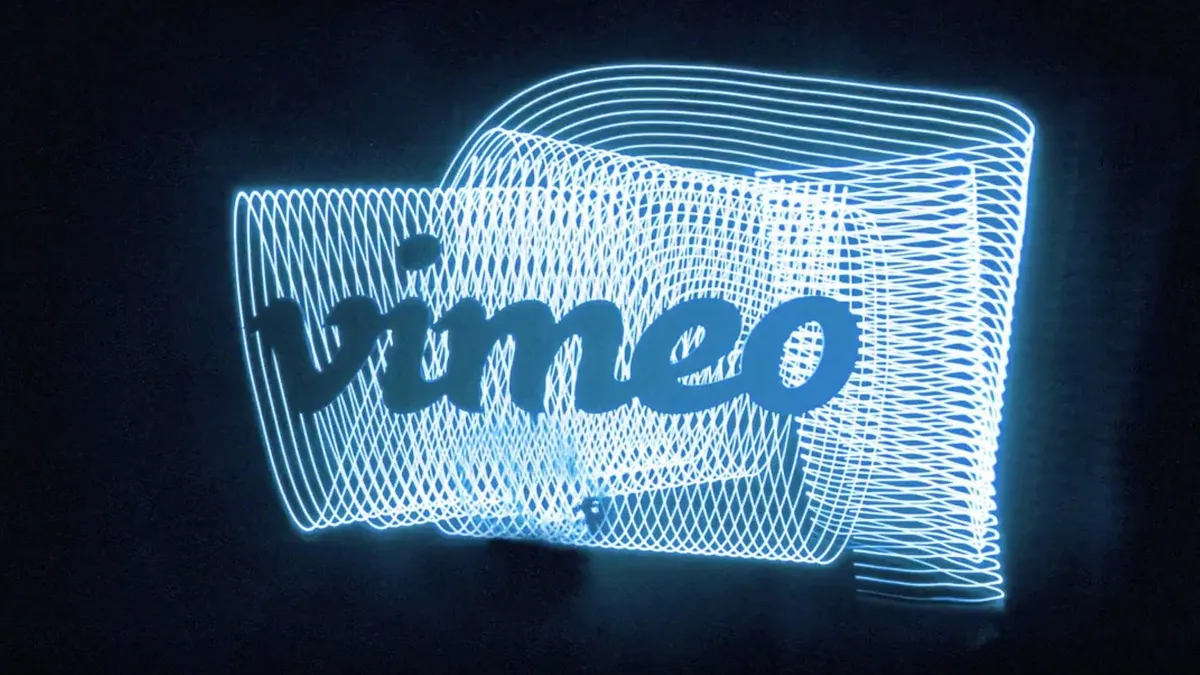Dive Brief:
- IAC/InterActive is spinning off Vimeo as an independent public company amid rapid growth for the online video platform during the pandemic, the company said in a press release. The spinoff likely will be completed in the second quarter of next year after shareholders approve of the plan.
- Vimeo's revenue surged 44% to $75.1 million in Q3 from a year earlier, making the video-sharing platform one of the fastest-growing businesses held by IAC, whose revenue rose 12% to $788.4 million during the comparable period. Vimeo's global subscriber base grew 21% to 1.46 million, while average revenue per subscriber climbed 22%, per a quarterly report.
- Vimeo's yearly revenue growth picked up as pandemic lockdowns went into effect, surging to 46% in April from 29% in March, and has stayed above 40% every month since then, according to IAC's tracking data. Vimeo will be the 11th company that IAC and its predecessors have spun off, per its announcement.
Dive Insight:
IAC's spinoff of Vimeo aims to give the video platform more direct access to a source of financing to support capital expenditures and future growth. Vimeo last month raised $150 million from technology investment firm Thrive Capital and GIC, Singapore's sovereign wealth fund, in a deal that valued the video platform at $2.75 billion, per an announcement. The fundraising will help give Vimeo a stronger financial footing as it goes public next year.
Vimeo got its start in 2004 as a video hosting platform for filmmakers that wanted to share their work, and has since expanded to millions of members worldwide. Vimeo generates revenue from subscriptions to its menu of services, which include high-quality video hosting, livestreamed events and ad-free viewing for some members. The platform doesn't run pre-roll, mid-roll or overlay ads in videos, though it does have limited display ads below the video player on some of its pages, according to its website.
Marketers can use Vimeo to post videos without labeling them as ads, and generate a following among their most loyal customers. Vimeo also allows for more creative control than some other video sharing platforms, letting brands show their logos in videos, which can be used to drive a response to a call-to-action or to build an email list for future promotions. For influencers and small businesses, Vimeo provides a way to monetize their creative efforts through subscriptions or by partnering with sponsors. Those individual sponsorships give marketers a way to reach audiences in influencer campaigns.
Vimeo's subscription-based features differentiate the platform from Google's YouTube, which does have an ad-free tier for paying subscribers. However, YouTube mostly generates revenue from selling ads that appear before or during videos, which are free for viewers to watch. YouTube has become a significant driver of revenue growth for Google, especially since the pandemic triggered a surge in viewership among homebound consumers. YouTube's ad revenue jumped 32% to $5 billion in Q3 from a year earlier, a growth rate that was faster than Google's 9.8% expansion to $37.1 billion.














